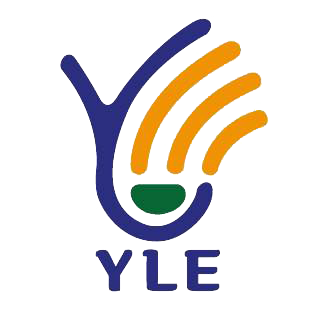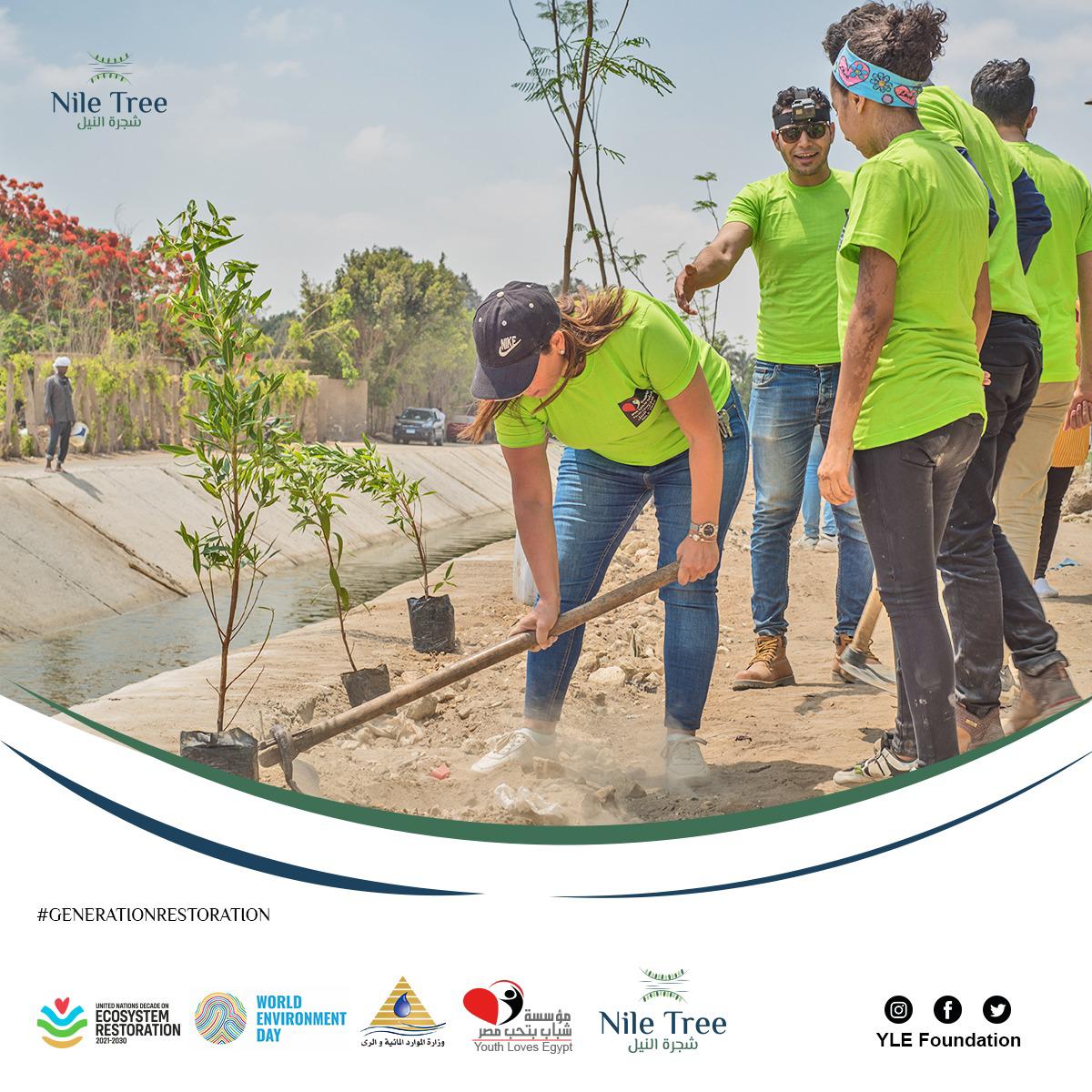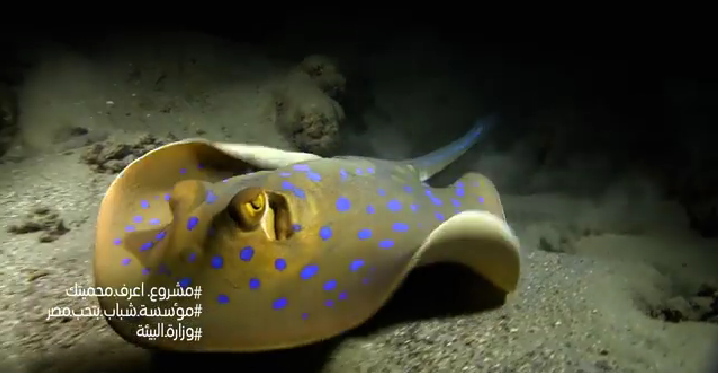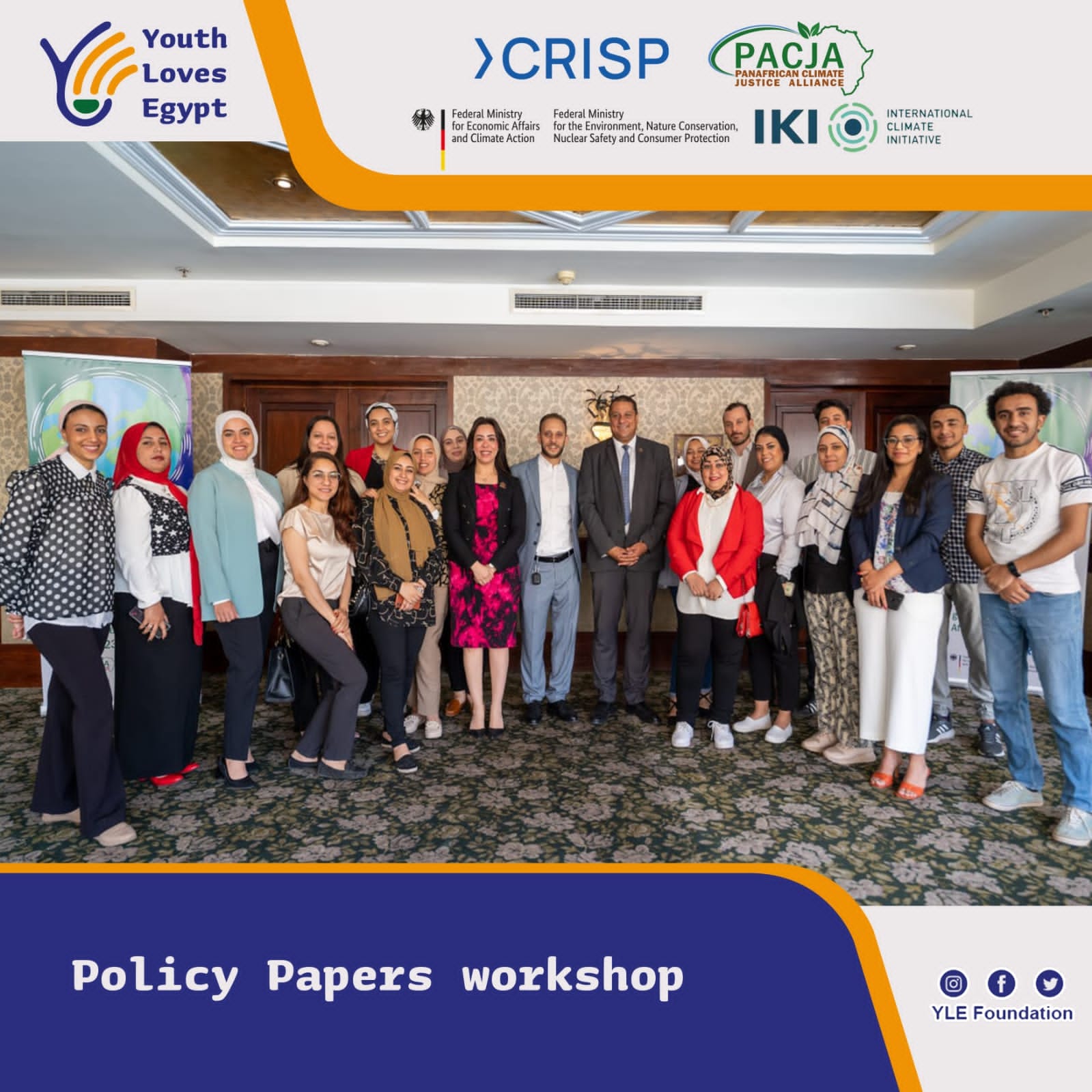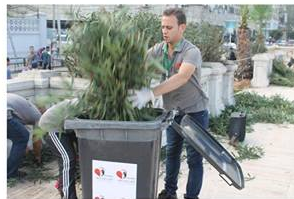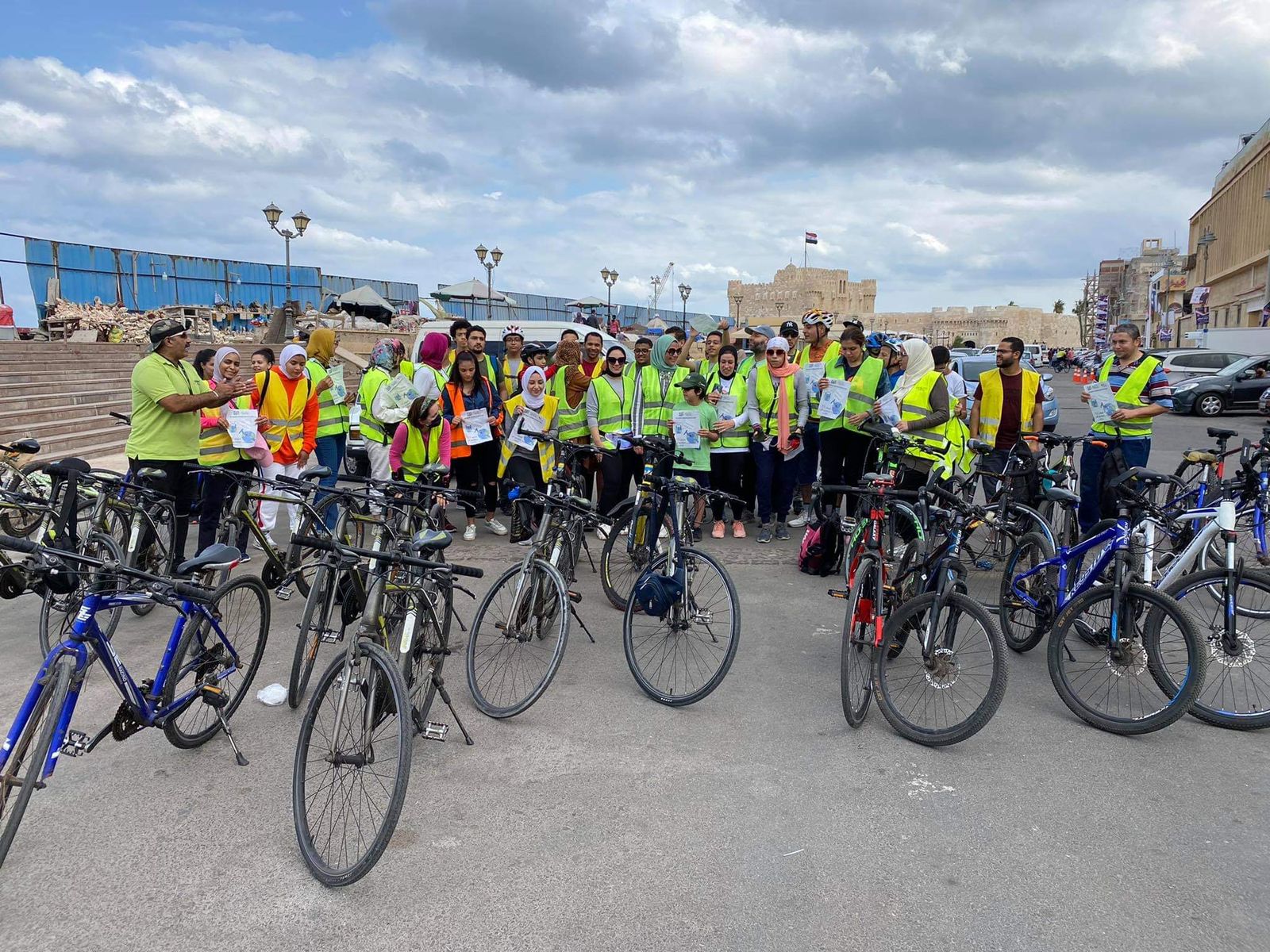Project background:
With the remarkable increase in population, especially in cities, which has led to an increase in demand for water with limited available resources, the Arab Republic of Egypt gives great attention to preserving, developing and managing its water resources properly to maintain its sustainability, and is also working to find additional resources and sustainable design methods to preserve .The Nile River as one of the largest water resource in Egypt. Egypt also depends on the Nile River as a main source of water for all sectors, but there are many challenges facing the waters of the Nile, such as pollution and the inability of water to reach canals easily. The pollution of the Nile, canals and drains is the result of climatic factors such as carbon emissions, human factors such as dumping all kinds of waste in the water, pesticides and chemical fertilizers, which requires finding solutions and strategies to reduce water waste and preserve it.
This proposal focuses on the project of lining canals and drains, how to exploit trees and design strategies for cities to enhance the local climate, improve air quality in neighborhood streets and in public places in hot dry areas such as Cairo, improve the quality of the Nile water and reduce its impact on external factors. Lining is also considered one of the successful means to ensure that water reaches the end of the canals and to preserve water from water evaporation to increase agricultural production, as well as raise water quality and overcome climatic changes.
As well as raising the efficiency of irrigation in the fields from 50% to 75% of flood irrigation in the fields, saving 5 billion m3 annually. The importance of lining lies in the provision of large quantities of water in order to meet the population increase, and to confront any temporary or permanent shortages as a result of dams from the sources, in addition to overcoming climate changes, and preserving the fresh water of the Nile River of high quality. The project of lining the canals is one of the most important national projects implemented by it. Government; To achieve a great civilized development in the field of rationalizing the consumption of irrigation water and reducing wasted waste, as well as improving the situation of the Egyptian countryside and upgrading tens of millions of citizens, by maintaining the quality of agricultural products, protecting the environment from pollution and protecting public health from deterioration. Increased CO2 emissions coming from human activities such as burning fossil fuels have a negative impact on climate change which may include rising air temperatures, health issues, and flooding. Not surprisingly, the main source of CO2 emissions is attributed to HVAC, given that Cairo is located in a hot, dry climate where air conditioning is required most of the year, with the vast majority of these CO2 emissions resulting from consumption. of energy for the active cooling system, followed by artificial lighting and electricity in terms of carbon emissions. This is due to planning
Strategic objective:
The objective of the project is to provide background information on the key variables to be considered for future urban planning by highlighting the landscape of neighborhoods of different urban forms, such as comparing urban and suburban neighborhoods, which is essential to overcome threats of climate change and support resilient urban communities. . The results encourage the use of trees in urban areas.
General goal:
Cultivation of olive, pomegranate and white mulberry trees on the sides of canals and drains with a length of 12 km in order to reduce high temperatures, raise air quality and absorb carbon dioxide, provided that a tree is planted every 6 meters.
Specific goals:
- Soil analysis in the area selected for study by one of the land research centers of the Egyptian Ministry of Agriculture.
- Study of the current climatic situation of the region by experts.
- Planting 2000 trees (700 olives, 700 pomegranates, 400 berries, 100 tamarinds and 100 Bambosias) on both sides of the canals and drains within the lining project (12 km total = 6 km on each side so that between each tree and the ahri an area of 6 meters).
- Cultivation of one species on each side so that the nature of fertilization and irrigation method is uniform and reduce water losses, as well as the same cultivation conditions and the return of each type to the climate is clear.
- Adaptation to climatic changes in dry areas through natural cooling of trees
- Restoring the ecosystems of waterfowl and passerines, as well as the beneficial microphone to increase soil fertility on the banks of canals and drains.
- The work of 100 nurseries as start-up projects for young people in some areas of the project's implementation, in order to cultivate rare ornamental species of economic importance with the aim of making them available to the local market and exporting them to the foreign market due to their rarity and importance.
- Making side projects such as planting trees for young boys to raise silkworms and making silk, as well as extracting olive oil and its economic use in the manufacture and marketing of traditional oils and soap.
- Holding training workshops through volunteer scientists and researchers in this field or invited to train young people, especially graduates of scientific journals related to these studies, on these industries.
- Time follow-up every three months for soil analysis, natural fluorescence and measurements of climatic factors in the region.
- Raising awareness among the public in general and residents of the neighboring areas in canals and banks of the importance of afforestation, the economic importance and the environment of each plant species by specialists and university professors in this field through guiding panels or short educational videos.
12. Supporting the publication of the scientific returns of the project as research papers by the scientific specialists and consultants of the project in the prestigious international scientific periodicals.
